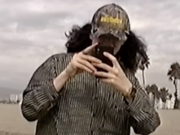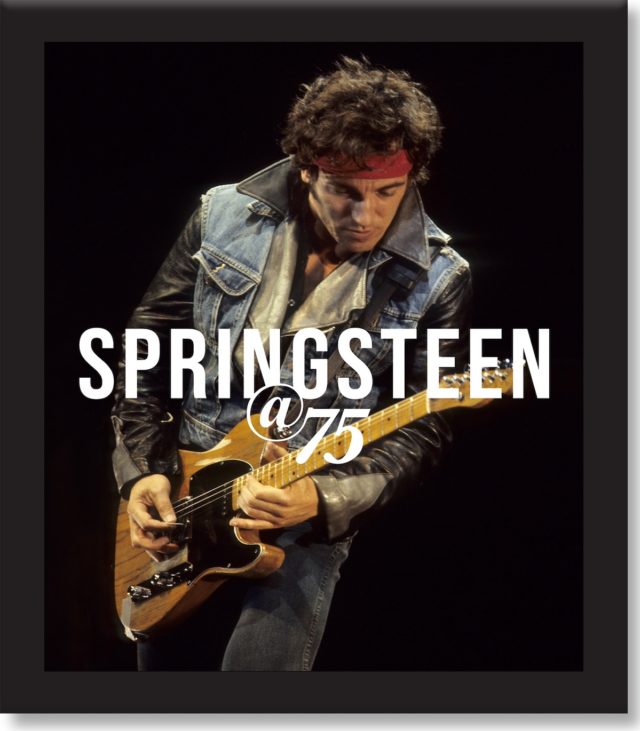You’ve got a lot on the books for next week: Party with The Boss, read Sonny’s diary, follow Arthur’s travels, catch sight of The Rolling Stones, take a look back at the ’70s, listen to Lou, dance with Jerry Jeff, picnic with Willie and more. Thankfully, I’ve got you covered:
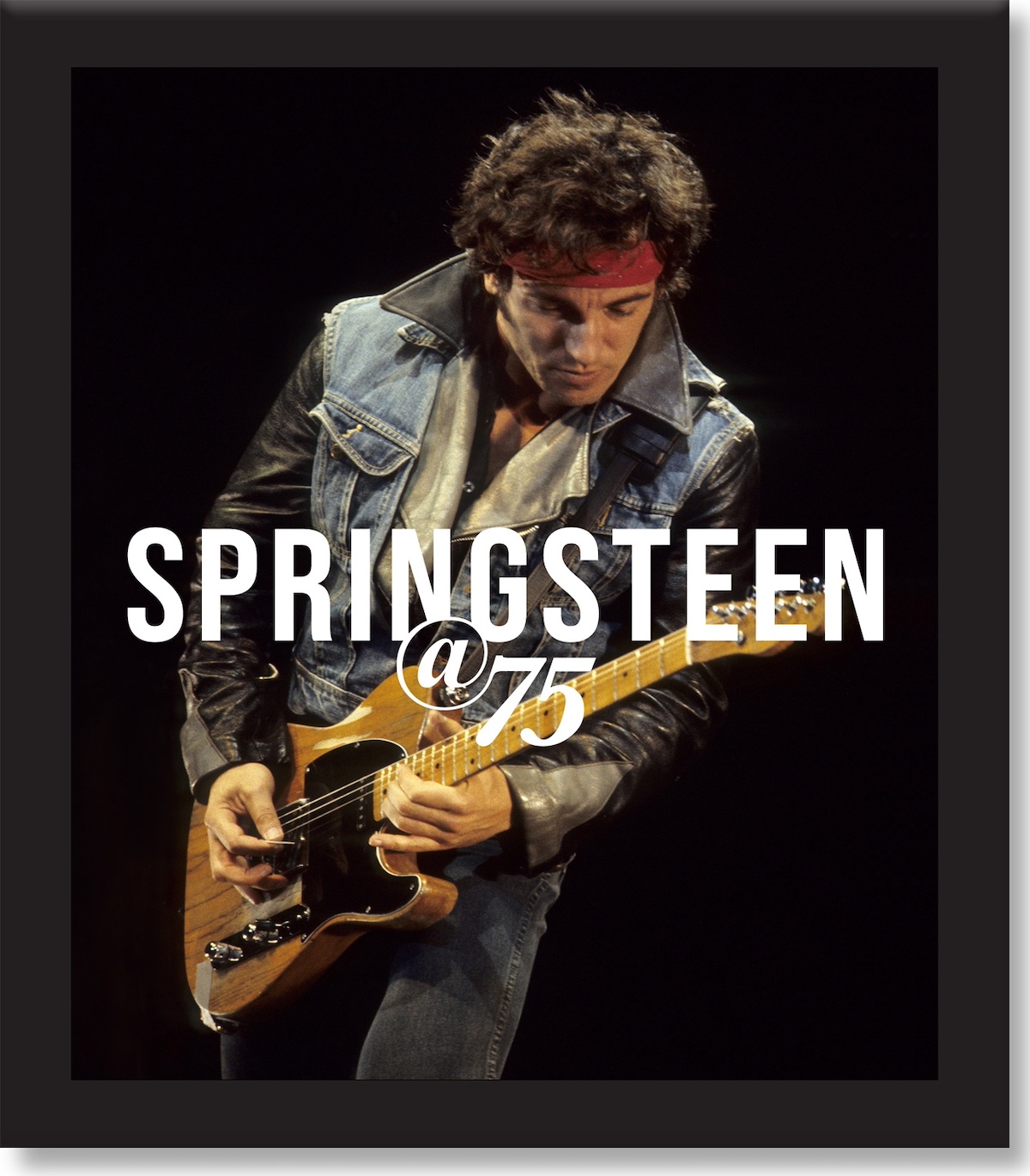 Springsteen At 75
Springsteen At 75
By Gillian G. Gaar
THE EDITED PRESS RELEASE: “Multiple Grammy winner, Rock And Roll Hall of Fame inductee, and best-selling author Bruce Springsteen is, of course, also one of rock’s most revered songwriters and performers. In Springsteen at 75, veteran rock journalist Gillian G. Gaar reveals this rock icon through 75 career releases, performances, and accolades. Through seven-and-a-half decades, Gaar covers it all: Bruce’s childhood in New Jersey and early garage bands, The Castiles and Steel Mill; all 20 studio albums, including those with The E Street Band and as a solo artist; a selection of his greatest singles, like the rock standards Born To Run, Hungry Heart and Born In The U.S.A.; relationships with notable bandmates Steven Van Zandt and the late Clarence Clemons; legendary gigs, from his early residency at New York’s The Bottom Line to his longest-ever concert to his more recent Broadway show; his relationship with wife and bandmate Patti Scialfa; awards like his Rock Hall induction and the Presidential Medal of Freedom; and much more. Beginning with his 1973 debut LP Greetings From Asbury Park, N.J. and continuing through his latest release and tour, Bruce Springsteen is one of the most beloved performers and musicians in rock ’n’ roll history, influencing countless acts for decades. This book is your unprecedented retrospective of The Boss’s career, from teenage Jersey garage rocker to international star and celebrity.”
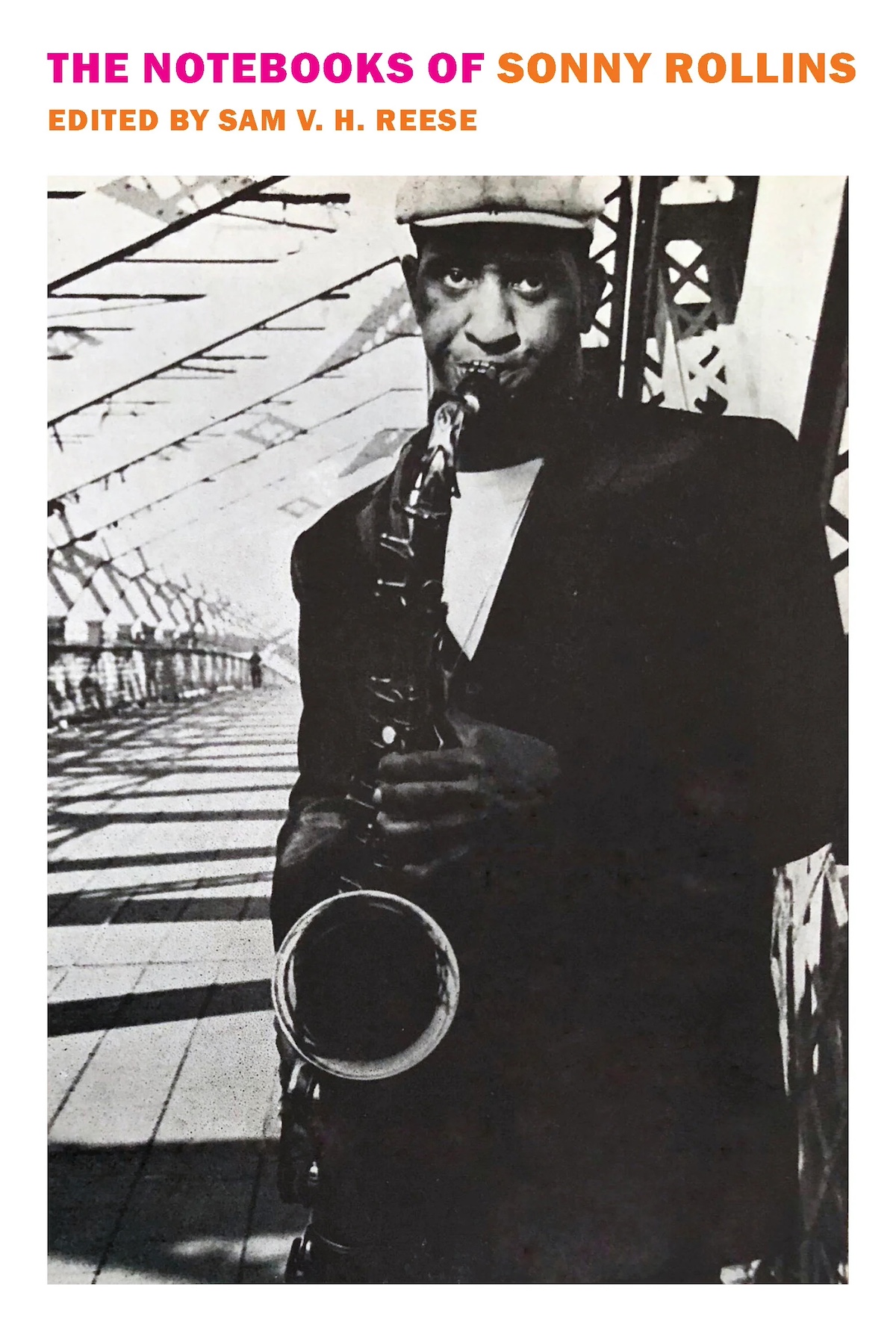 The Notebooks of Sonny Rollins
The Notebooks of Sonny Rollins
Edited by Sam V.H. Reese
THE EDITED PRESS RELEASE: “An illuminating selection of writings on a wide variety of topics — everything from technique, music theory, and daily routine to spirituality and systemic racism — from the personal journals of Sonny Rollins, master of the tenor saxophone and jazz’s greatest living improviser. Rollins is one of the towering masters of American music, a virtuoso of the saxophone, and an unequaled improviser whose live performances are legendary and who has reshaped modern jazz time and time again over the course of a career lasting more than sixty years. A turning point in that legendary career came in 1959, when Rollins stepped back from performing and recording to begin a new regime of musical exploration, which saw him practicing for hours, sometimes all through the night, on the Williamsburg Bridge. This was also the moment when he started the notebook that would become a trusted companion in years to come — not a diary so much as a place to ponder art and life and his own search for meaning in words and in images. At once quotidian and aphoristic, the notebooks mingle lists of chores and rehearsal routines with ruminations on nightclub culture, racism, and the conundrums of the inner life. And always there is the music — questions of embouchure, fingering, and technique; of harmony and dissonance; of his own and others’ art and the art of jazz. “Any definition,” Rollins insists, “which seeks to separate Johann Sebastian Bach from Miles Davis is defeating its own purpose of clarification… The Musings of Miles is then the Bouncing of Bach both played against each other.” Edited and introduced by the critic and jazz scholar Sam V.H. Reese, The Notebooks of Sonny Rollins provides an unequaled glimpse into the mind and workshop of a musical titan, as well as a wealth of insight and inspiration to readers.”
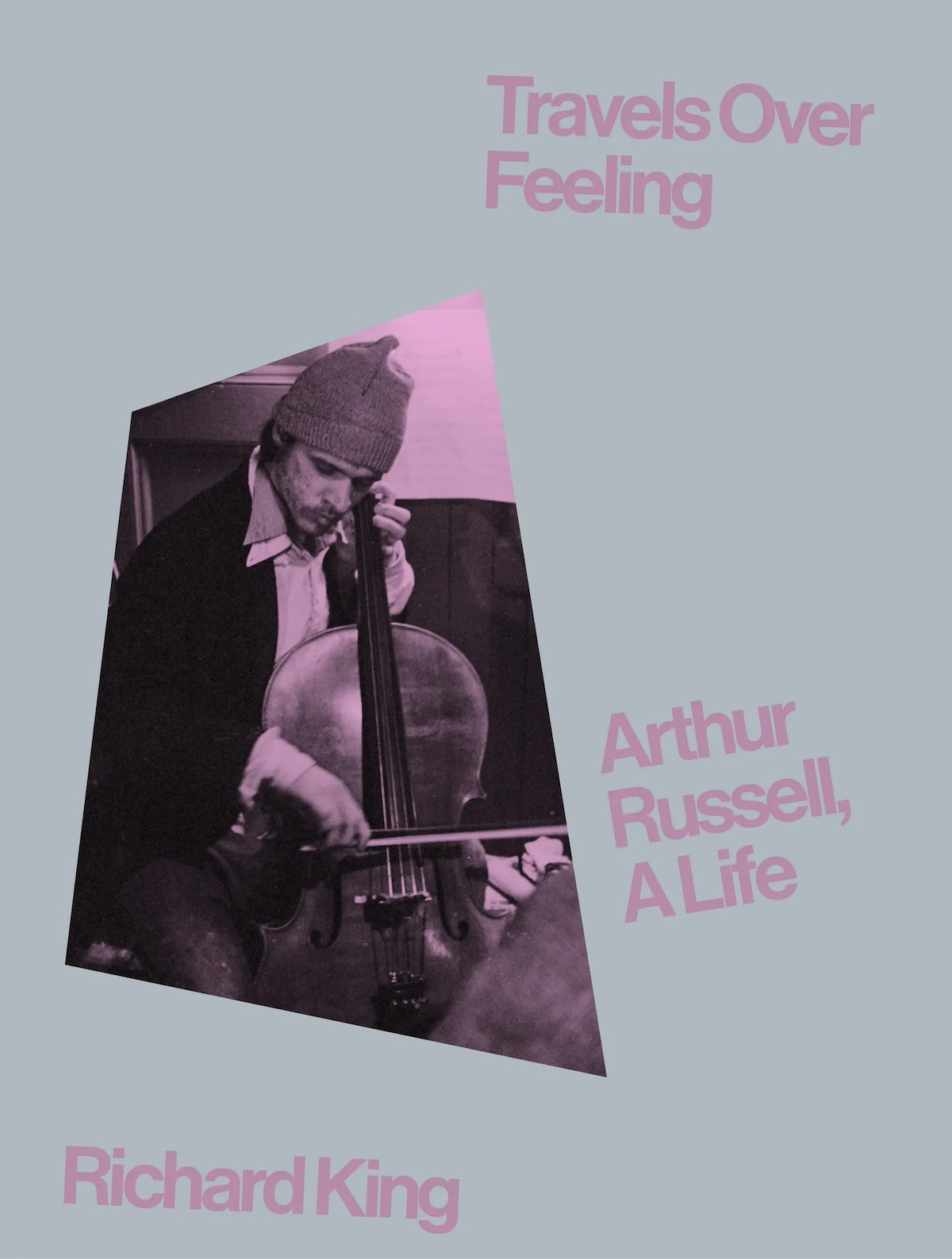 Travels Over Feeling: Arthur Russell, A Life
Travels Over Feeling: Arthur Russell, A Life
By Richard King
THE EDITED PRESS RELEASE: “The music of Arthur Russell defies classification. From his pioneering compositions as part of New York’s vibrant avant-garde scene (alongside artists including Philip Glass, David Byrne, Laurie Anderson, John Cage and Allen Ginsberg) to his genre-expanding disco productions, from his new wave and art pop to his posthumously released folk songs, Russell crafted timeless and foundationally influential work until his premature death in 1992 from AIDS-related illnesses. Now, in a landmark publication assembled by critically acclaimed writer Richard King, Travels Over Feeling collects the extensive ephemera found in Russell’s New York Public Library archive, along with pieces from the personal collections of those who were closest to him. Combining unseen visual material — handwritten scores, lyrics, photos, letters, and drawings — with new texts by King and extensive original interviews with Arthur’s collaborators, contemporaries, family, and friends, Travels Over Feeling paints a portrait of Russell unlike any which has come before, revealing a true picture of one of the most distinctive artists of the last 50 years.”
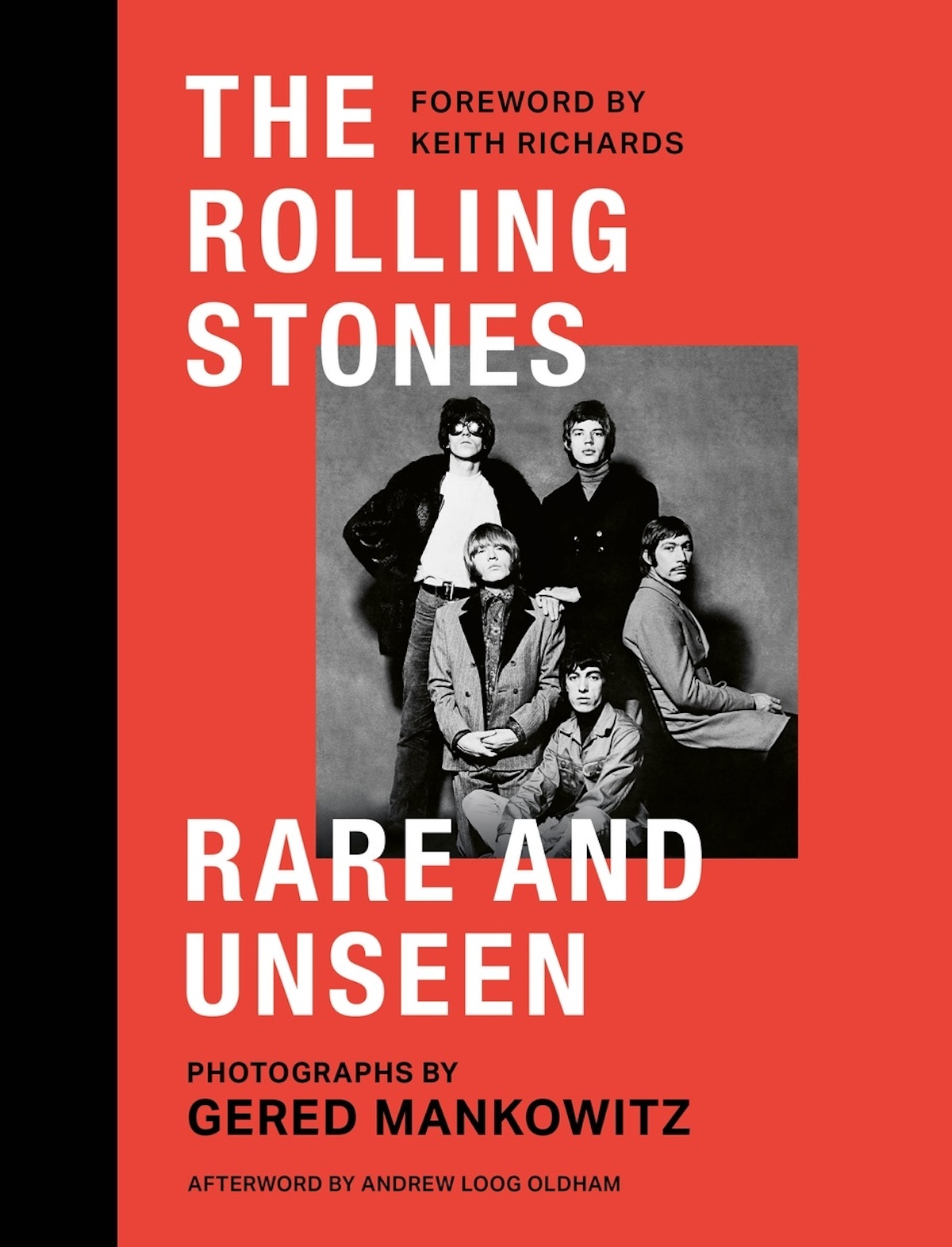 The Rolling Stones: Rare And Unseen
The Rolling Stones: Rare And Unseen
By Gered Mankowitz
THE EDITED PRESS RELEASE: “The Rolling Stones: Rare and Unseen — the must-have book for every Rolling Stones fan featuring containing many never-before-seen images. Legendary photographer Gered Mankowitz helped to shape the very image of the Stones, shooting record covers, portraits and intimate sessions with the band at home and on tour. Here, he delves deep into his incomparable archive, uncovering the hidden gems that have remained unpublished and unseen for over 50 years — until now. Alongside his iconic and much-loved images that captured the Stones at their swaggering best, these photographs show the band unguarded and unvarnished — young men in the eye of a rock ‘n’ roll storm, with the world at their feet. Hundreds of photographs are accompanied by Gered’s memories and revealing insights as well as essays on the band by authors including author Will Hodgkinson and the New York Times’ Ben Sisario. The Rolling Stones: Rare And Unseen is the definitive collection of Mankowitz’s breathtaking photography.”
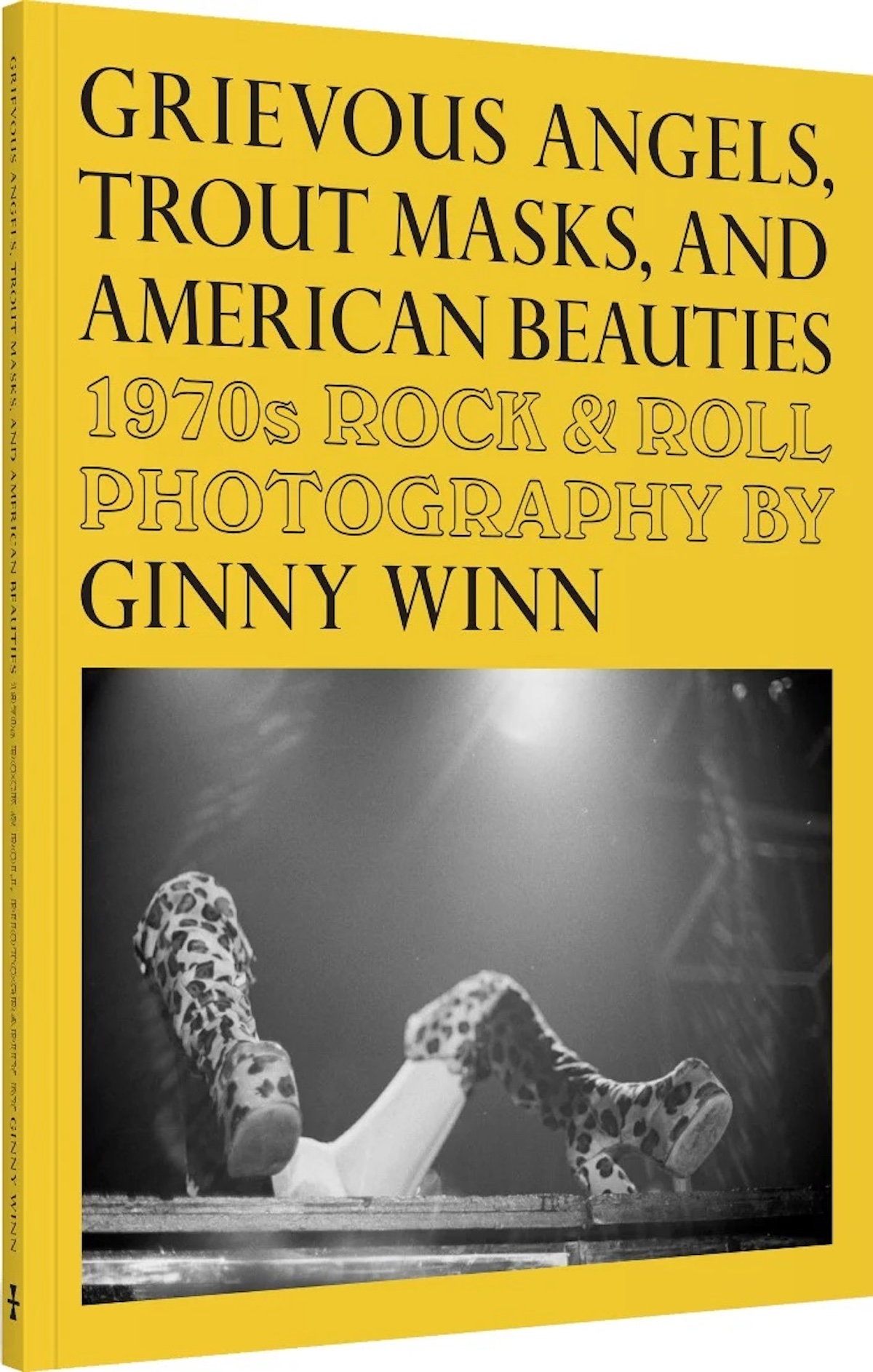 Grievous Angels, Trout Masks, and American Beauties: 1970s Rock & Roll Photography of Ginny Winn
Grievous Angels, Trout Masks, and American Beauties: 1970s Rock & Roll Photography of Ginny Winn
By Ginny Winn
THE EDITED PRESS RELEASE: “In the early 1970s, Ginny Winn was staff photographer for Warner/Reprise Records when its roster included John Cale, Grateful Dead, Van Morrison, Maria Muldaur, Jimmy Webb, Incredible String Band, Kate & Anna McGarrigle, Emmylou Harris, Gram Parsons, Captain Beefheart, Alice Cooper, Frank Zappa, Bonnie Raitt, Tim Buckley, Arlo Guthrie and Jackie DeShannon. Led by Mo Ostin and Joe Smith, the label’s catalog was a blend of counterculture icons and Americana. By the late ’70s, Ginny moved into Hollywood imagery, capturing Carly Simon, James Taylor, Joni Mitchell, Roz Kelly, Penelope Spheeris, Jodie Foster and Gloria Swanson. Ginny also photographed Bob Marley, Al Green, Maxayn Lewis, Donna Summer and Alice Coltrane. Almost all photos are previously unpublished.”
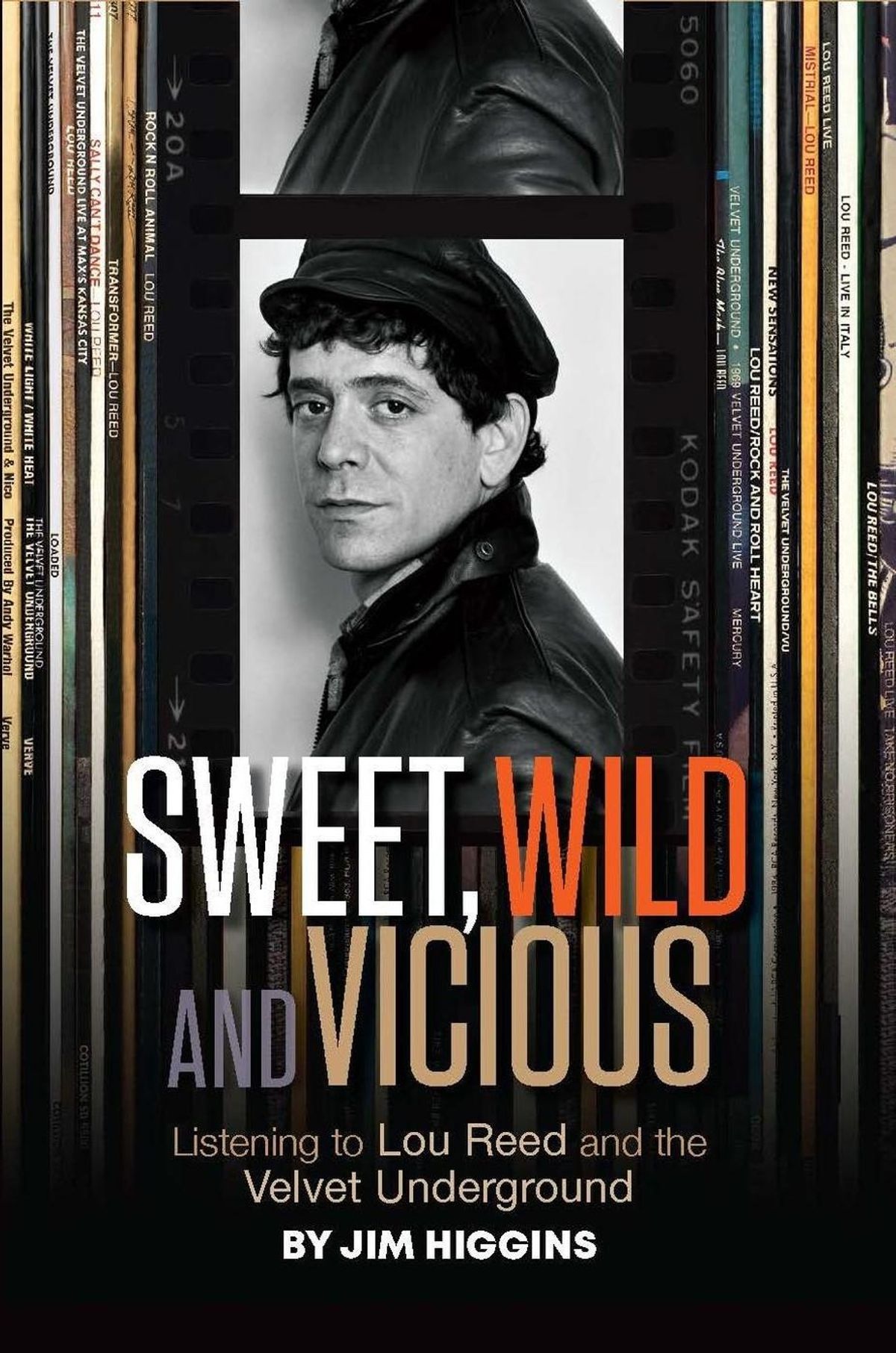 Sweet, Wild And Vicious: Listening To Lou Reed And The Velvet Underground
Sweet, Wild And Vicious: Listening To Lou Reed And The Velvet Underground
By Jim Higgins
THE EDITED PRESS RELEASE: “Between The Velvet Underground and his long solo career, Lou Reed released nearly 50 original albums. Sweet, Wild And Vicious delves into each one with descriptions, detail, analysis and appraisals that offer a fresh way to understand and appreciate them. This listener’s guide is both personal and definitive, a smart and thoughtful and balanced consideration of Reed’s work.”
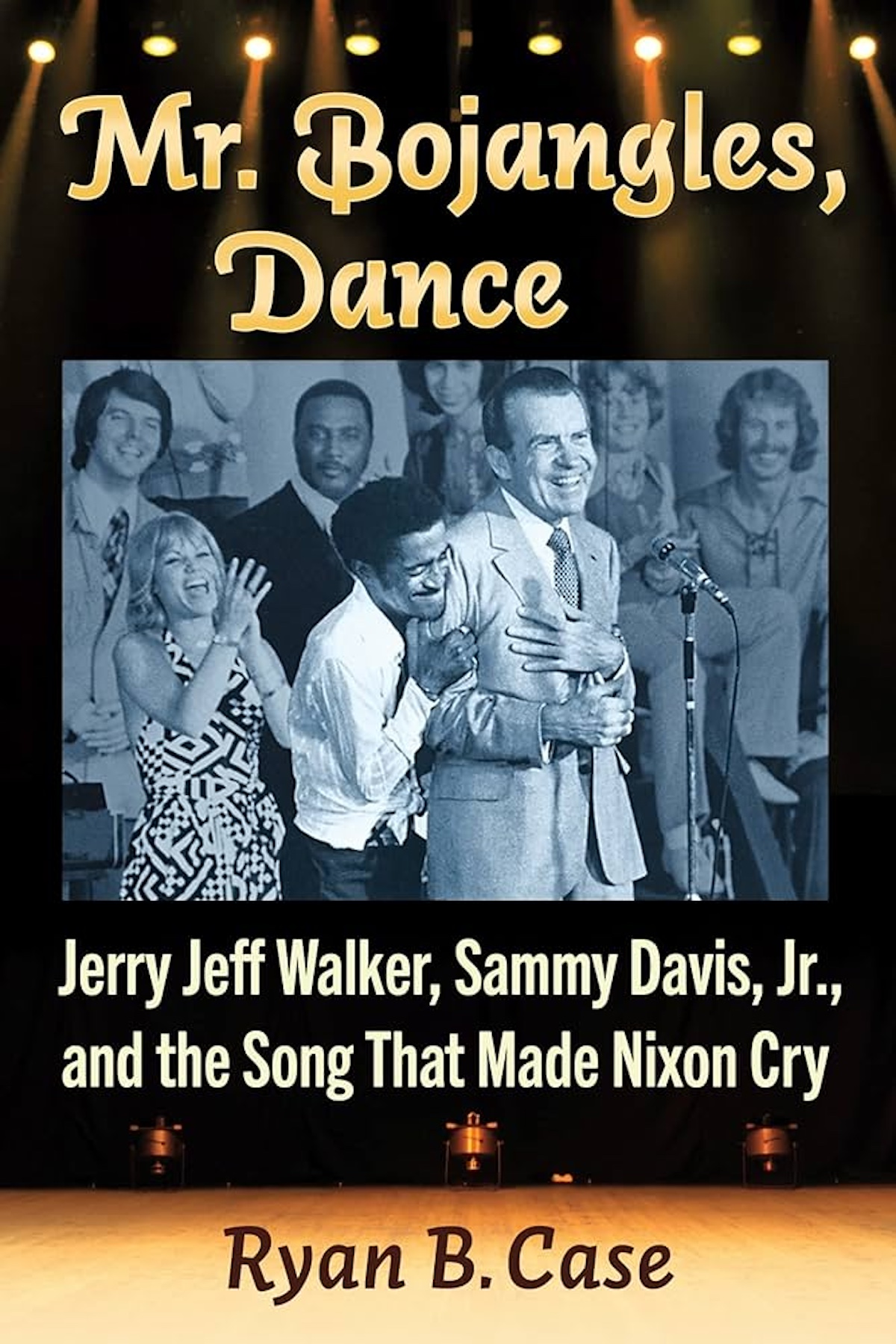 Mr. Bojangles, Dance: Jerry Jeff Walker, Sammy Davis, Jr., And The Song That Made Nixon Cry
Mr. Bojangles, Dance: Jerry Jeff Walker, Sammy Davis, Jr., And The Song That Made Nixon Cry
By Ryan B Case
THE EDITED PRESS RELEASE: “Three men’s lives, told through the story of one song. Jerry Jeff Walker, the singer and writer behind the classic hit Mr. Bojangles, never would have expected that his song, inspired by an experience in a New Orleans jail cell, would make Richard Nixon cry, or that it would be covered by Sammy Davis, Jr., the entertainment giant and, controversially, a supporter of Nixon. This work, told through the perspective of writer, performer and listener, traces these three men’s overlapping journeys through the American consciousness. Chapters discuss the history of Walker’s song, Davis’s rise from rags to riches, Nixon’s journey from grocer’s son to president, and more.”
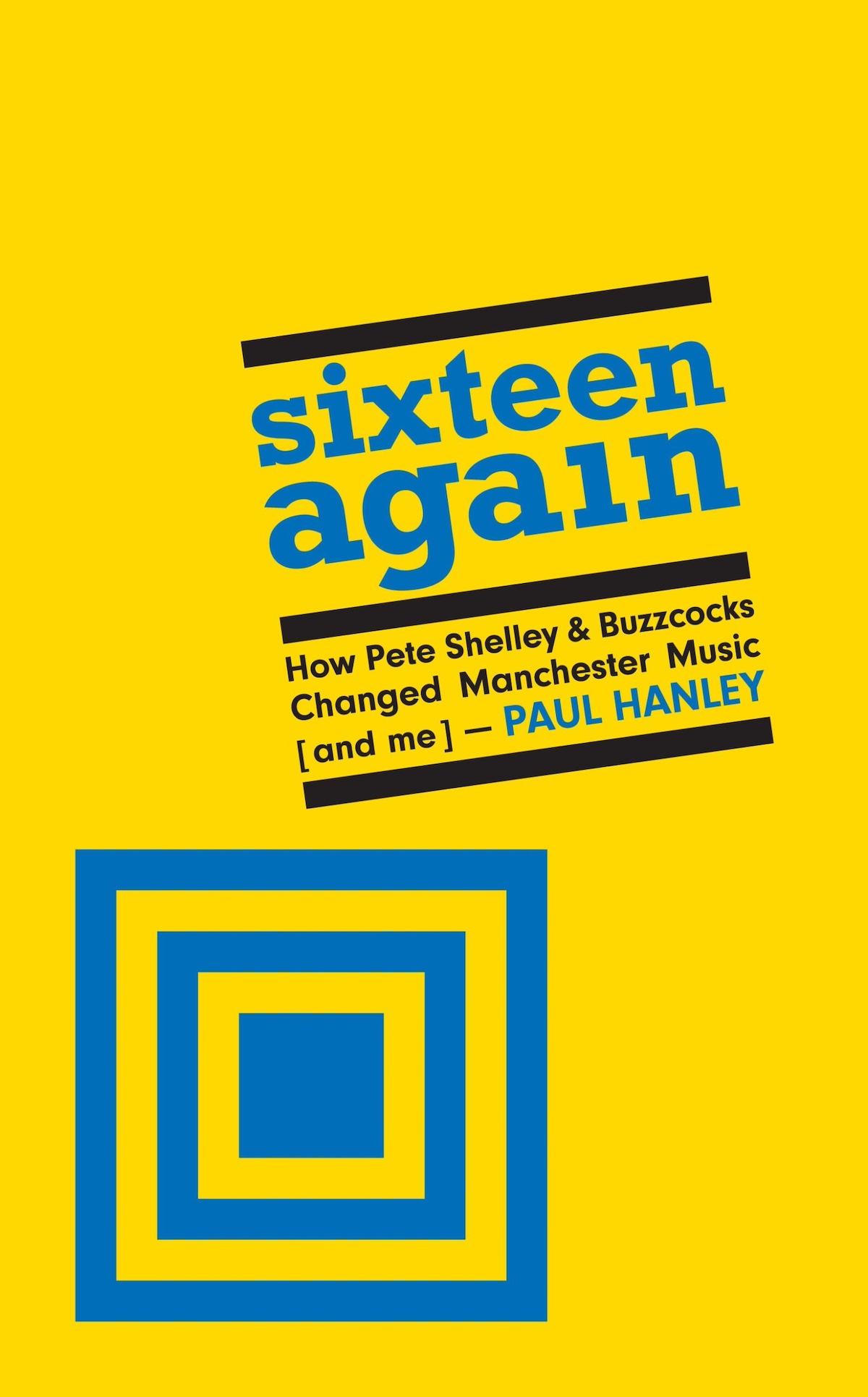 Sixteen Again: How Pete Shelley & Buzzcocks Changed Manchester Music
Sixteen Again: How Pete Shelley & Buzzcocks Changed Manchester Music
By Paul Hanley
THE EDITED PRESS RELEASE: “Sixteen Again combines biography, interview, critique and social history to fully explain Buzzcocks’ unique and enduring appeal. It examines why Pete Shelley’s influence was as central to Manchester’s renaissance as it was to Manchester music. The book also explores the unique relationship between a young fan and his favourite group during their most successful phase — and why that intense interdependence can never last forever.”
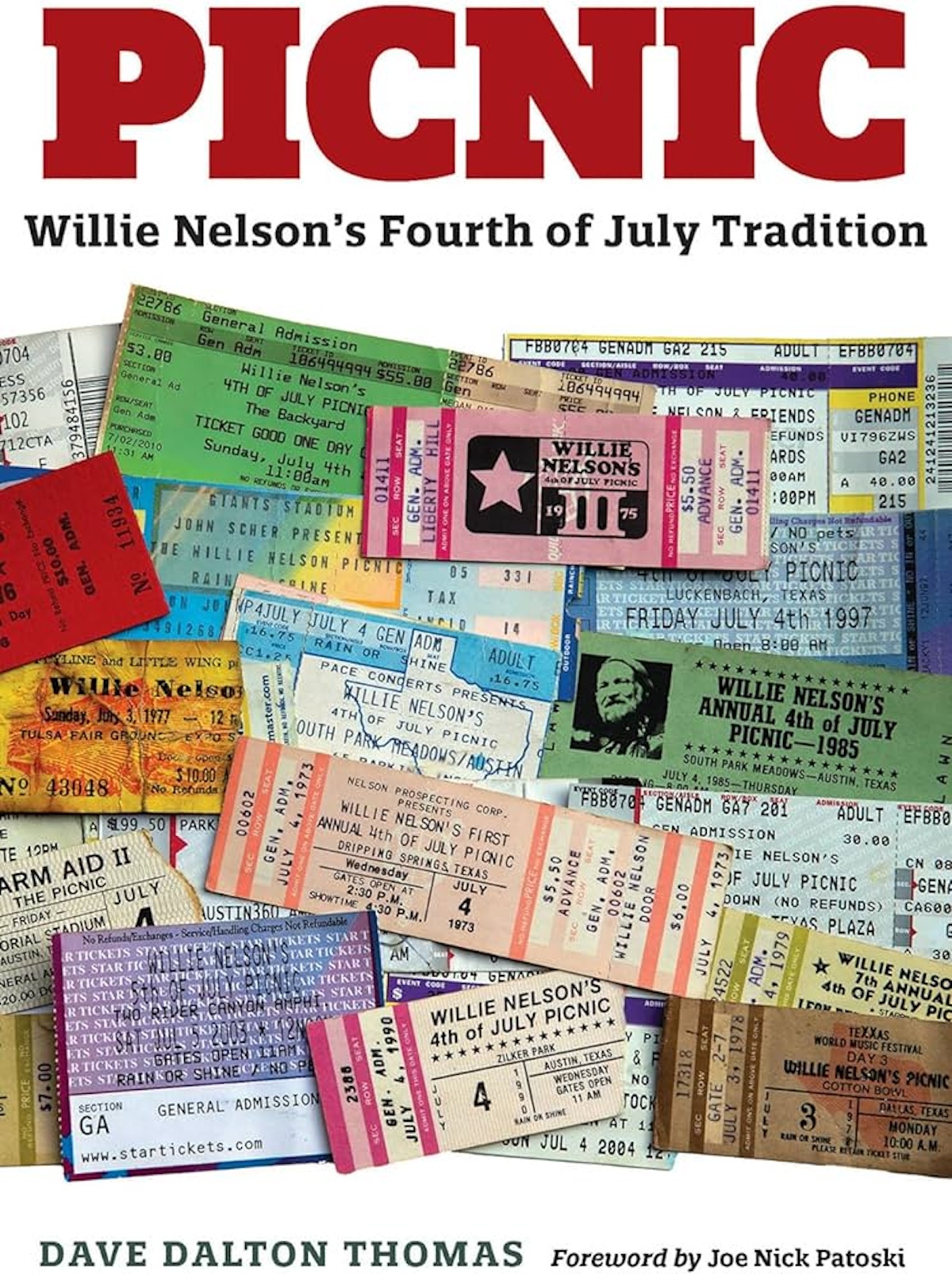 Picnic: Willie Nelson’s Fourth of July Tradition
Picnic: Willie Nelson’s Fourth of July Tradition
By Dave Dalton Thomas
THE EDITED PRESS RELEASE: “In 1973, a 40-year-old country musician named Willie Nelson, inspired by a failed music festival the year before, decided he was going to hold his own party. He would stage it in the same remote and rocky field where the previous festival had withered. And he’d do it in July: Not the hottest part of the Central Texas summer, but “damn sure close enough,” according to music journalist Dave Dalton Thomas. As unlikely as it seemed in 1973, Willie kept the event going, minus a year off here and there, for half a century. Thomas has attended nearly every Willie Nelson Fourth of July Picnic since 1995, finding joy in an event some music reporters have compared to “death marches and prison labor.” For the last 20 years, Thomas has researched the history of the picnic, chronicling the brutal heat and the quirky and sometimes illegal antics of fans, musicians, and others. Thomas has watched the picnic evolve over the decades, as Willie and his audience have evolved. He has interviewed participants, including artists, organizers, promoters, and even a few colorful hangers-on. While reviewing 10 of the Picnics in detail — each chosen for its significance in the overarching development of the event — Thomas also includes basic facts about each gathering, from the beginning to the present, with the addition of pertinent information about the “off years,” when the picnic was on temporary hiatus for one reason or another. In his introduction, Thomas quotes country musician Johnny Bush as he recalls trying to talk Nelson out of the notion of holding the first event. “Willie, there ain’t no way in hell a bunch of cowboys are going to come out in the 100° heat to watch us pick our guitars… He proved me wrong.”
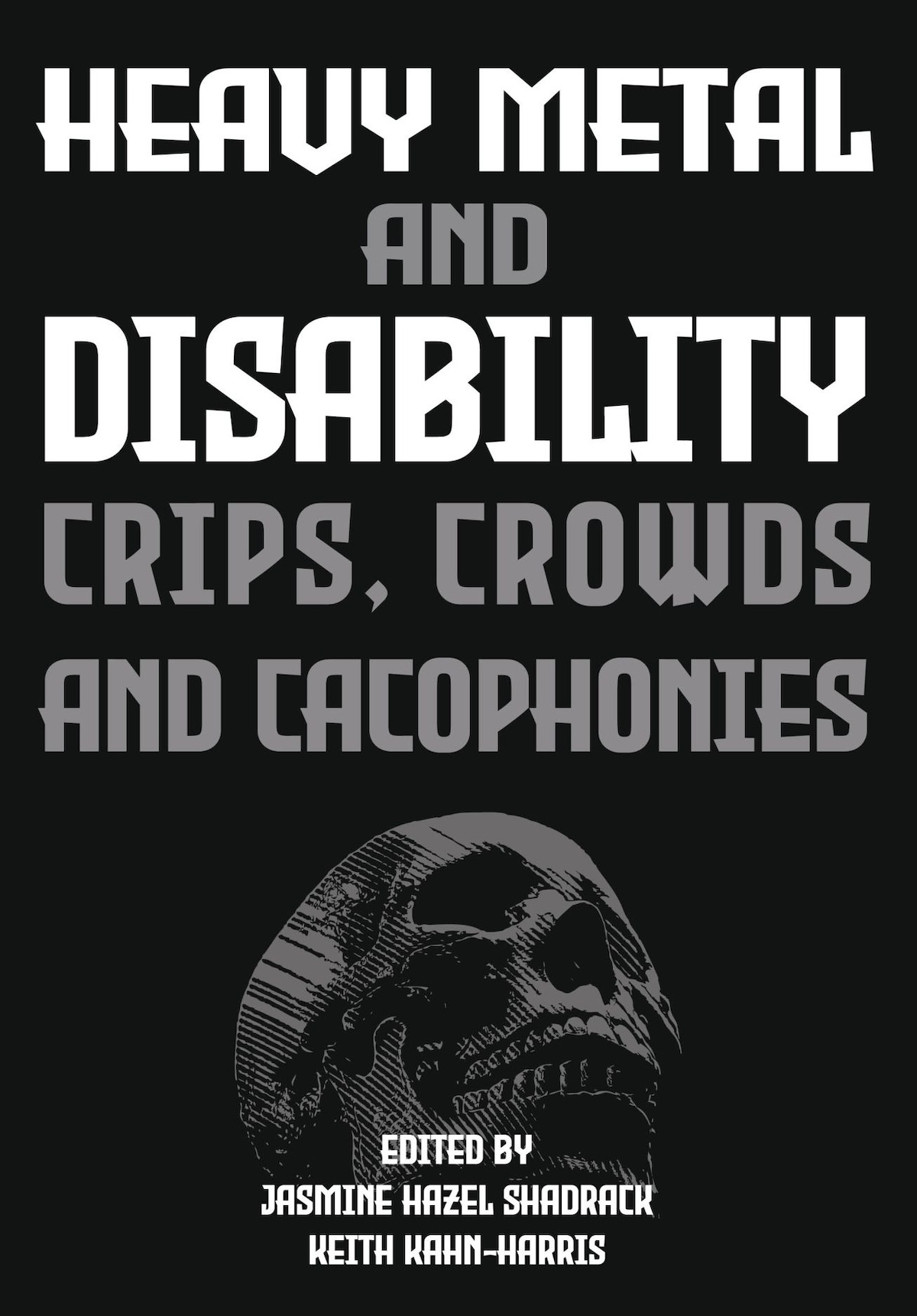 Heavy Metal And Disability: Crips, Crowds, And Cacophonies
Heavy Metal And Disability: Crips, Crowds, And Cacophonies
By Jasmine Hazel Shadrack & Keith Kahn-Harris
THE EDITED PRESS RELEASE: “Persisting across metal’s subgenres is a preoccupation with exploring and questioning the boundary that divides the body that has agency from the body that has none. This boundary is one that is familiar to those for whom the agency of the body is an everyday matter of survival. While metal scholars who contribute to this collection see metal as a space of possibility, in which dis/ability and other intersectional identities can be validated and understood, the collection does not imply that the possibilities that metal affords are always actualized. This collection situates itself in a wider struggle to open up metal, challenging its power structures — a struggle in which metal studies has played a significant part. Metal’s preoccupation with unleashing and controlling sensorial overload acts both as an analog of neurodiversity and as a space in which those who are neurodivergent find ways to understand and leverage their sensory capacities. Metal offers potent resources for the self-understanding of people with disabilities. It does not necessarily mean that this potential is always explored or that metal scenes are hospitable to those with disabilities. This collection is disability-positive, validating people with disabilities as different and not damaged.”














